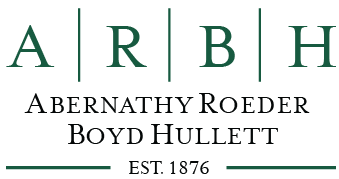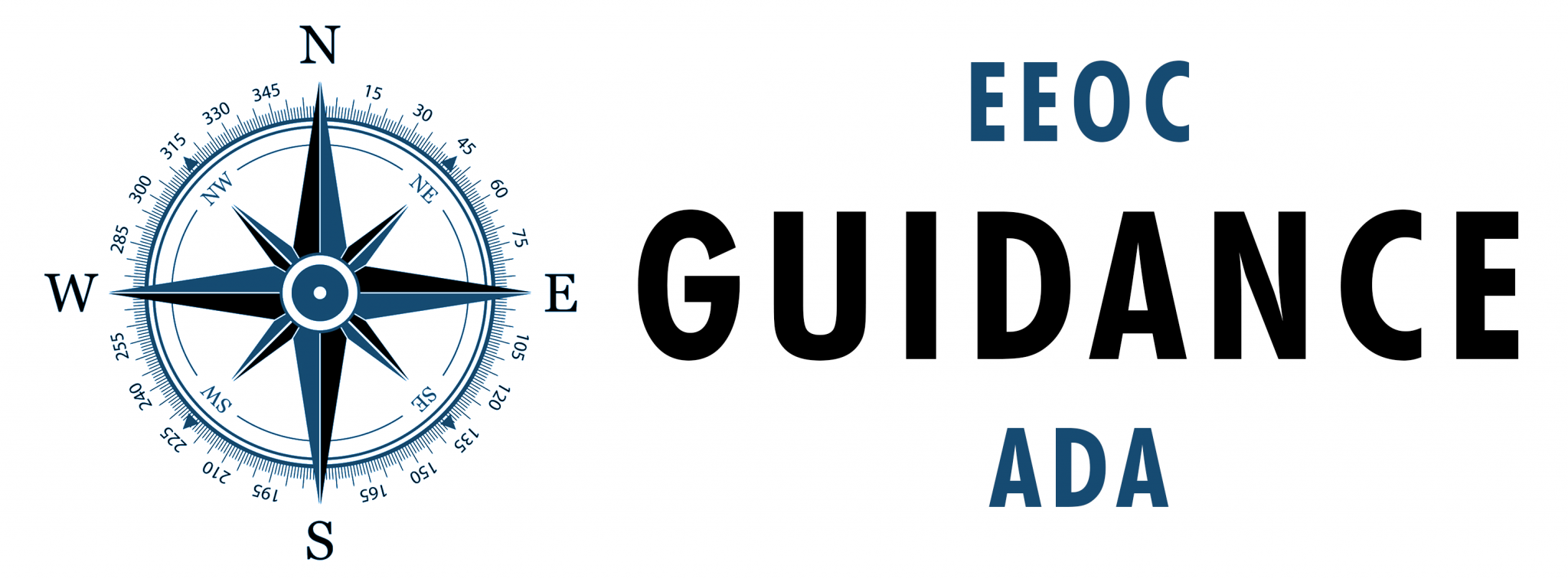Historically, Texas government agencies have delivered construction projects under a standard design/bid/build (D/B/B) scheme where each of the three major phases of a construction project are conducted separately and sequentially. Increasingly, however, agencies are turning to Alternative Delivery Methods (ADMs) to expedite project delivery, cap their risk, and provide greater control over their project team’s composition. This article will provide a brief summary of two of the main ADMs in use today by Texas public agencies. It is not intended to exhaustively identify all issues related to the appropriate selection and execution of an ADM.
Competitive Sealed Proposals (CSP)
D/B/B construction contracts are virtually always awarded to the lowest bidder. On its face, this approach benefits taxpayers by constructing the project at the lowest price possible. In reality, however, low bidder selection often results in excessive change orders, incompetent construction and supervision, and a significant staff time investment to manage deficient contractors. CSPs seek to remedy this problem by evaluating bidders not only on price, but also on relevant experience and qualifications. This generally results in not only selecting more competent contractors to perform the work at hand, but also in creating long-term partnerships between the contractors and owners. By creating a qualifications-based approach, the adversarial relations that often plague construction projects are greatly reduced as the contractor is encouraged to build positive relationships in hopes of being selected for future projects.
There are additional staff time requirements during the selection process relative to a D/B/B to fully and fairly evaluate submittals from contractors. This additional staff input, however, generally pales in comparison to the savings recognized by a more predictable and competent project execution.
Construction Manager-At-Risk (CMAR)
A CMAR approach builds upon the partnership benefits of a CSP but has the added benefit of providing a maximum cost of the project to the public agency. With this approach, a CMAR is selected based on their qualifications and assumes the financial risk of the project by providing the agency with a Guaranteed Maximum Price (GMP). Any cost overruns beyond the GMP are borne by the CMAR. The CMAR executes all contracts with subcontractors and insulates the owner from many claims, however, the owner may still have input into the selection of subcontractors. While the financial certainty is of tremendous benefit to public agencies, perhaps of even greater benefit is the CMAR’s role during the design phase of the project. The CMAR serves as a consultant during the design phase helping designers to incorporate efficiencies that the CMAR is best positioned to identify.
Lastly, largely because of the efficiency gains during the design process, CMAR projects tend to deliver completed projects in a shorter time frame than traditional D/B/B. Accordingly, CMAR is especially appealing for projects with short timetables.
Conclusion
Use of ADMs provide many benefits to Texas public agencies. The decision to use an ADM and the selection of which method to use, however, is technical and is a function of each project’s goals and limitations. These decisions should only be made with the benefit of legal counsel experienced in such matters.
Prepared by the offices of Richard Abernathy, this article should not be construed as legal advice related to any specific facts or circumstances. Although this article covers legal subjects, it is intended to educate readers and not to provide advice that will be the basis for action or inaction in any specific circumstance. Viewing these materials does not create an attorney-client relationship between Abernathy, Roeder, Boyd & Hullett, P.C. and the reader or the reader’s institution. For circumstance-specific legal advice, please directly contact a licensed attorney.







Leave A Comment